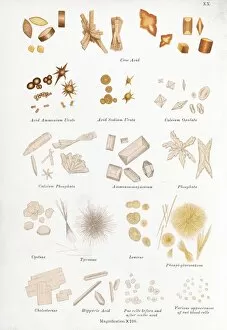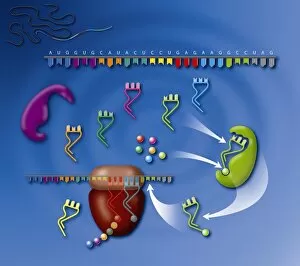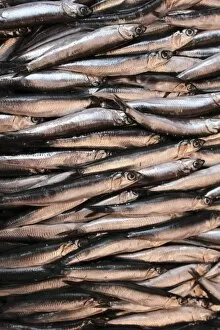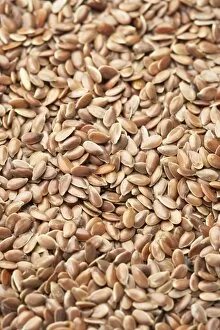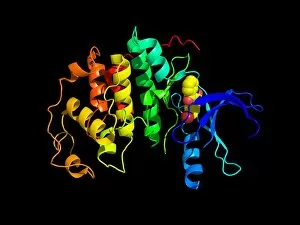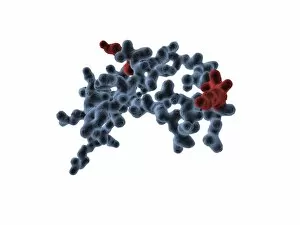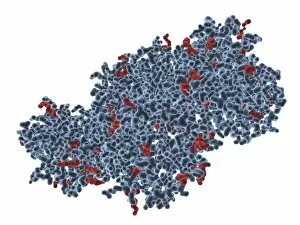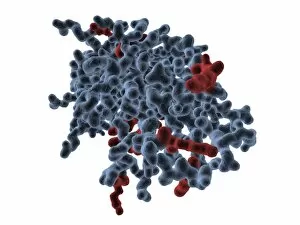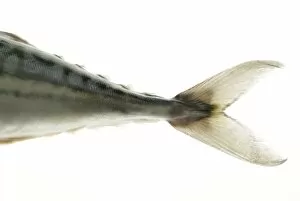Acids Collection (page 2)
"Exploring the World of Acids: From Chia Seeds to Chemistry Laboratories" In the chemistry laboratory at Victoria College, Alexandria
For sale as Licensed Images
Choose your image, Select your licence and Download the media
"Exploring the World of Acids: From Chia Seeds to Chemistry Laboratories" In the chemistry laboratory at Victoria College, Alexandria, scientists delve into the fascinating world of acids. Inspired by pioneers like Michel Eugene Chevreul and Jean-Antoine Claude, they uncover the secrets behind these powerful substances. As we journey through history, engravings depict scenes from a dynamite manufactory and an Italian rail car designed for loading and transporting acids. These images remind us of the crucial role that acids play in various industries. One cannot overlook the contributions of Geber, an Islamic Spanish alchemist who laid the foundation for our understanding of acids. His groundbreaking work paved the way for future discoveries in this field. But what exactly are acids? They come in many forms - even chia seeds contain acidic properties. As we dive deeper into their molecular structure, a digital illustration reveals a captivating molecular model of ammonia. This visual representation allows us to grasp its intricate composition. They have diverse applications beyond industry and chemistry labs. Picture No. 11073965 showcases a vibrant red sea bream swimming gracefully amidst coral reefs – reminding us that some marine life relies on acidic environments to thrive. Whether it's studying acid-base reactions or exploring their effects on nature, understanding these compounds is essential. So next time you encounter an acid-related phenomenon or product (not referring to "the company"), remember how far we've come thanks to centuries of scientific inquiry and curiosity-driven research.

